Nothing lasts forever, even with good maintenance—including most building components. Exterior elements are perhaps most subject to wear and tear in any climate. Their construction and material type dictate their maintenance needs and repair schedules; masonry façades clearly have different needs than wood or clapboard fronts. But with a good care program and a bit of attention to detail, façades, roofs, and other crucial parts of multifamily buildings can live out—and perhaps even surpass—their useful life, regardless of what they’re made of.
Building a Schedule, Scheduling a Building
For the best results, periodic maintenance projects and ongoing maintenance programs alike should follow a regular schedule over the long term. Even if a building’s façade is expected to last half a century or more, it’s still going to need monitoring, maintenance, and repair in order to not just last that long, but to perform its function optimally during that time.
“In New York we have Local Law 11, which in essence requires a maintenance program for façades,” says Alan Gaynor, a principal with Boddewyn Gaynor Architects, a firm based in New York and active around the country. Local Law 11 calls for inspection every five years and mandates the timely repair of whatever elements are found to be damaged or deteriorated. Implementation of the law was the result of several incidents where large chunks of building façade detached and fell, hitting—and in some cases, killing—pedestrians. “My own building is going through this work now,” says Gaynor. “It can take a long time. We are inspecting every square foot of the façade and repairing it.”
Though Local Law 11 serves in some way as a forced maintenance program, the question is whether additional inspections and maintenance can extend or improve the life of a masonry façade. According to Gaynor, it can go either way, depending on the building.
In the case of his own building—a high-rise constructed in the early 1960s—the materials used in construction were less than optimal, though the builder wasn’t aware of any potential problem at the time. The structure was clad in what was then known as ‘lightweight’ concrete. “Lightweight concrete is a problem,” says Gaynor. “It continues to cure over time—which effectively means that it keeps shrinking. So the original ceilings in the building were eight feet high, but now they are seven feet and 11 inches. Also, the brick around the concrete doesn’t shrink, which causes the bricks to bulge.
“There are two possible approaches to correcting the problem,” Gaynor continues. “You can take out two or three levels of brick at relieving angles [to reduce the pressure caused by concrete shrinkage], put in smaller, softer brick, and then replace the grout with softer materials. It’s a very expensive, complicated job. The other option, which is what we decided to do, is to remove and replace ALL of the brick. It’s also very expensive—but that’s what the shareholders decided. Sadly, no regular maintenance ‘fix’ could have avoided this problem.”
For owners in more suburban wood-frame and clapboard-covered townhouse communities—like the ones that dot the suburban New England landscape, for example—the situation is different, says Ralph Noblin, a retired engineer and former owner of Noblin & Associates, a building engineering firm located near Boston.
“Condo owners often complain about the drab look their communities take on after a few years,” he says, “and want to repaint everything long before they need to. Often, the dull, shaded areas [on their buildings] are just the result of exterior mold and mildew—the paint underneath is fine. In these situations, we recommend pressure washing” to remove the grime and restore the siding or other materials to their former attractiveness. Noblin notes that many architects—particularly historic preservationists—view pressure washing as too harsh for many basic building materials, but says that “the pressure washing process is much better these days, and gentler than it used to be. In the hands of the right contractor, it is very affordable and has little adverse effect, so more professionals are getting comfortable with it. It’s much less expensive than a new paint job covering an entire community, or replacing the clapboard with aluminum siding.”
Other Façade Types
Much of what may need maintenance, how often, and at what cost, is determined by what materials façades are constructed of. “Brick is pretty hardy stuff,” says Gaynor, “but aluminum and glass age, especially if they are facing the water. Terracotta, limestone, and cast stone are softer than brick, but ultimately their needs rest on the individual variety of stone.” Overall, he says there is little that can be done to ‘polish’ these buildings. “Grime is tough to remove. You basically have to wait for rain to remove it,” and in the end, the effort may not be worth the cost. “If a building is kept up properly,” says Gaynor, “the wear and tear of urban grime isn’t enough to really affect curb appeal.” In other words, it kind of goes with the territory.
And the territory today also includes the effects of climate change. Gaynor points out that just the increase in extreme weather events alone causes more and faster deterioration of building exteriors. “We even see dust and soot from the fires in California,” he points out. The added effects of water damage are more evident with window systems than with façades.
Acid rain is another climate change problem, points out Noblin, particularly on the East Coast. It can damage materials, especially if it’s the result of coal-burning power plants. It combines with rain and storms, and it has a deteriorating effect on metal, stone, and painted wooden surfaces.
Windows & Roofs
“Windows need a lot of maintenance,” says Gaynor. “Glass can become pitted, and the units don’t open and close as well over time. Aluminum ages, and glass ages—especially if it’s near or facing water with high salt content.” He notes that window replacement is usually a building-wide project, and rarely done by individual owners, even when moving into a unit. There are many reasons for this, including economies of scale in purchasing new window units and the scale of labor needed for the job.
Roofs, obviously, are also subject to the harshness of outdoor exposure. Particularly in the Northeast, asphalt roofing is very common. In New England, it was the preferred roofing material in the 1980s, when many HOA communities were built. These shingles, made from petroleum byproduct, dry out over time, causing warping, cracking, and shrinkage that will eventually require repair and/or replacement. That process can be both difficult and expensive.
Until recently, the useful life of shingles—and by extension, the roofs on which they’re installed—was typically 20 to 30 years. However, these days, technology has once again come to the rescue with a new product that can lengthen the life of an asphalt tile roof. “Today we find that roofs are failing prematurely in many parts of the country,” says David Levy, a Massachusetts-based franchisee of Roof Maxx, a proprietary product and process that can be applied to existing roofs to defend them from further damage and extend their life. “Part of the reason for this failure is climate change,” Levy adds. “We now see roofs requiring replacement in as little as 15 years.”
This reduced durability is attributable in part to a change in the way that shingles are made. Today, shingle manufacturers put less liquid asphalt in their shingles than in years past, and instead add limestone. With less lubricant in their composition, the shingles are deteriorating faster and just don’t last as long. According to Levy, Roof Maxx is “kind of like a cross between a sunscreen and a version of Oil of Olay for your roof. It’s sprayed on to literally rejuvenate your roof by putting back the suppleness roof tiles require.” Levy adds that the product is made from soybeans and is also environmentally friendly.
Preparing the Community
To say the least, any or all of these projects can affect the daily life of any community. It’s critical that the board and management prepare residents for what’s ahead, be it a long or short job, critical repair work, or simply a necessary precaution.
No matter the scale or urgency, “good communication is the key,” says Noblin. “Up to two years in advance of starting any major project, residents should be alerted and educated, so they understand what is happening and what will happen.”
In the end, proper maintenance and an eye toward long-term planning are the best way for boards and communities to ensure that they are not faced with catastrophic conditions with regard to the envelope that holds their community. Better safe than sorry, always.
A.J. Sidransky is a staff writer/reporter with New England Condominium, and a published novelist. He can be reached at alan@yrinc.com.



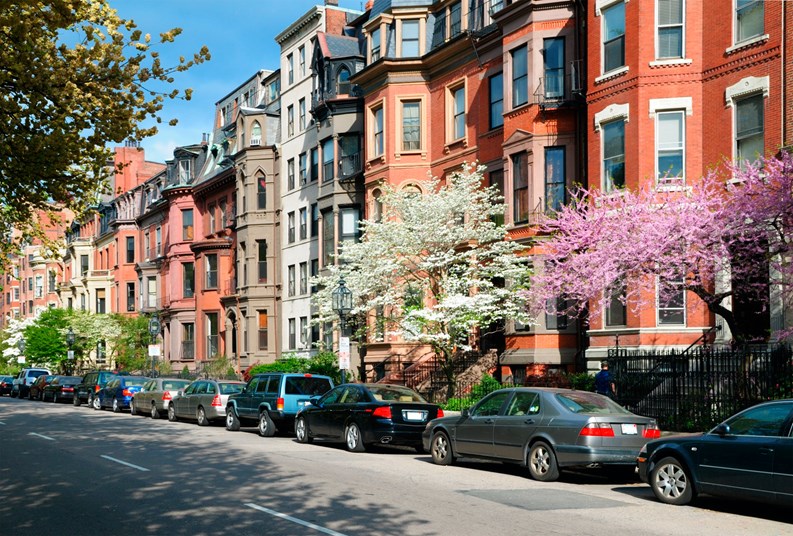
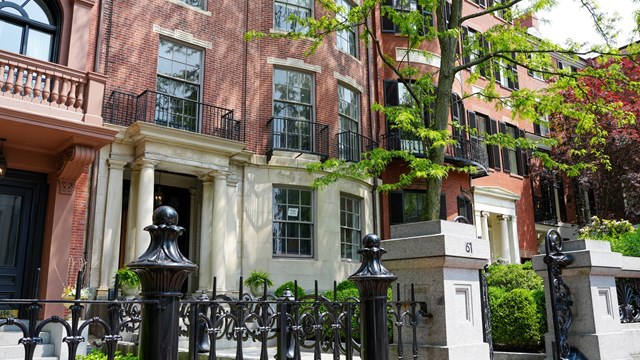
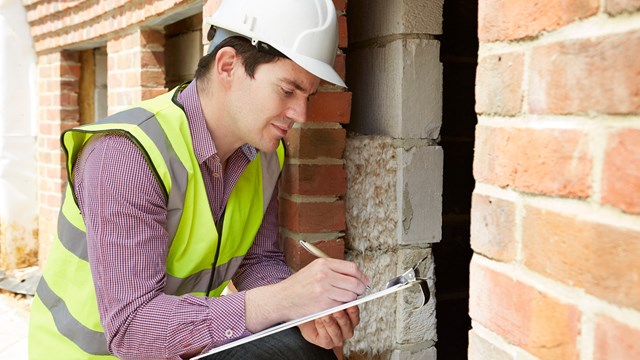
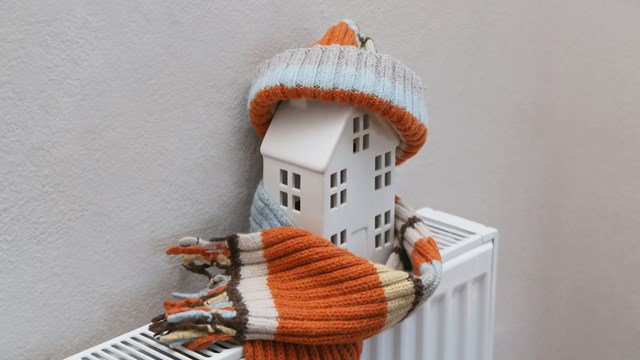
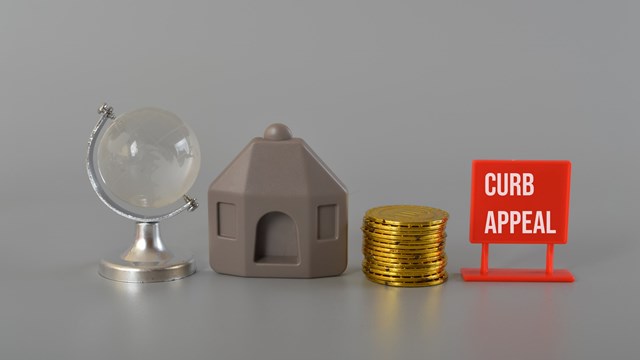
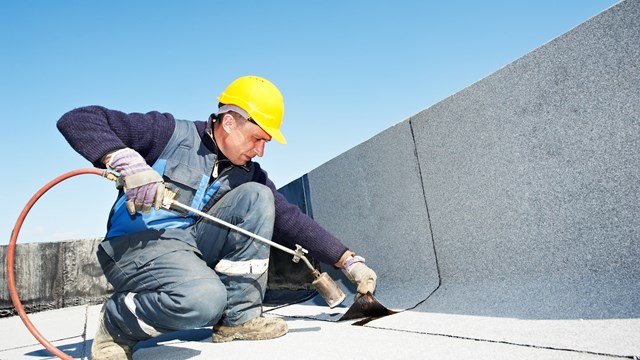

Leave a Comment